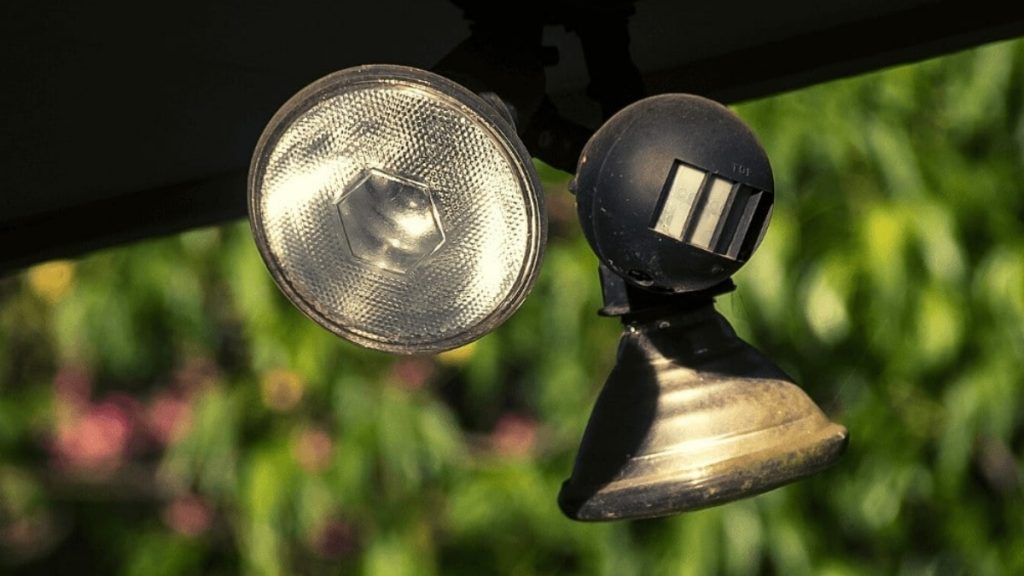Choosing the Right Security Lights for Your Property
Installing security lights for safety starts with selecting the appropriate type of lighting for your property. Outdoor lighting solutions vary, with motion sensor lights, floodlights, and dusk-to-dawn lights being popular choices. Motion sensor lights turn on automatically when movement is detected, making them energy-efficient and effective at startling potential intruders. Floodlights, with their powerful illumination, cover large areas, enhancing visibility and deterring criminal activity. Dusk-to-dawn lights remain on throughout the night, providing consistent lighting that improves safety and visibility.
The placement of security lights plays a crucial role in maximizing their effectiveness. Entry points such as front doors, back doors, and garage doors should be well-lit to prevent unauthorized access. Pathways, driveways, and dark corners around the property benefit from additional lighting to eliminate hiding spots. Selecting LED lights ensures durability, cost-effectiveness, and energy efficiency, reducing maintenance while providing long-lasting brightness.
Proper installation enhances the effectiveness of security lighting. Mounting lights at an optimal height prevents tampering and expands the coverage area. Adjusting the sensor range and light sensitivity on motion-detecting lights ensures responsiveness to relevant movement while avoiding unnecessary activations from animals or environmental factors. Integrating security lights with a smart home system allows remote control and automation, enhancing convenience and security.
Enhancing Safety with Motion Sensor Technology
Motion sensor technology is an essential feature when installing security lights for safety. These sensors detect movement and instantly illuminate the area, catching intruders off guard and alerting homeowners to potential threats. The sudden activation of lights is often enough to discourage trespassers from proceeding further, making this a valuable deterrent against crime.
Positioning motion sensor lights strategically ensures optimal performance. Installing them near entrances, pathways, and isolated areas enhances security by illuminating movement in key locations. Adjustable sensitivity settings help prevent false alarms while maintaining responsiveness to significant activity. Incorporating dual-lighting modes, where a dim light remains on and brightens upon detecting motion, provides continuous visibility while conserving energy.
Weather-resistant security lights ensure consistent functionality regardless of environmental conditions. Sealed enclosures protect sensors and bulbs from moisture, dirt, and extreme temperatures. Solar-powered motion sensor lights offer an eco-friendly alternative, reducing reliance on electrical wiring while maintaining dependable operation. Battery-backed lighting systems provide uninterrupted performance during power outages, ensuring security remains intact at all times.
Integrating Security Lights with Home Security Systems
Installing security lights for safety becomes more effective when integrated with a comprehensive home security system. Connecting lights to security cameras enhances surveillance by improving visibility during nighttime hours. When motion is detected, cameras can record activity while security lights illuminate the area, capturing clearer footage and increasing the chances of identifying intruders.
Smart security lighting allows remote control through mobile apps, enabling homeowners to manage lighting schedules and settings from anywhere. Customizing activation times and brightness levels provides flexibility in adapting to specific security needs. Some advanced systems feature AI-powered motion detection, distinguishing between humans, animals, and vehicles to minimize false alarms while improving threat detection accuracy.
Incorporating alarm systems with security lighting amplifies safety measures. When motion sensors trigger the lights, they can simultaneously activate an alarm, alerting homeowners and nearby residents to potential threats. Some systems integrate voice alerts, broadcasting warnings when movement is detected to deter intruders. A well-coordinated security setup combining lights, cameras, and alarms creates a formidable deterrent against unauthorized access.
Best Practices for Security Lighting Installation
To achieve maximum effectiveness when installing security lights for safety, following best practices ensures optimal performance. Regular maintenance, such as cleaning lenses and checking for wiring issues, prevents malfunctions and maintains brightness. Periodic testing of motion sensors ensures they remain responsive to movement and do not become obstructed by debris or environmental factors.
Avoiding excessive glare is important in maintaining visibility without creating blind spots. Properly angling floodlights prevents unnecessary light spill, ensuring illumination is concentrated on targeted areas. Using shields or covers helps direct light precisely where needed, avoiding disturbances to neighbors while enhancing security.
Investing in high-quality fixtures with durable materials ensures longevity and resistance to weather conditions. Corrosion-resistant coatings and impact-resistant casings protect security lights from damage, extending their lifespan and reliability. Proper electrical wiring and weatherproof connections safeguard against power failures and short circuits, ensuring continuous operation in all conditions.
Installing security lights for safety provides peace of mind by deterring criminal activity and enhancing visibility around residential and commercial properties. By selecting appropriate lighting, utilizing motion sensor technology, integrating with home security systems, and following best installation practices, homeowners can create a safer environment for their families and communities.

